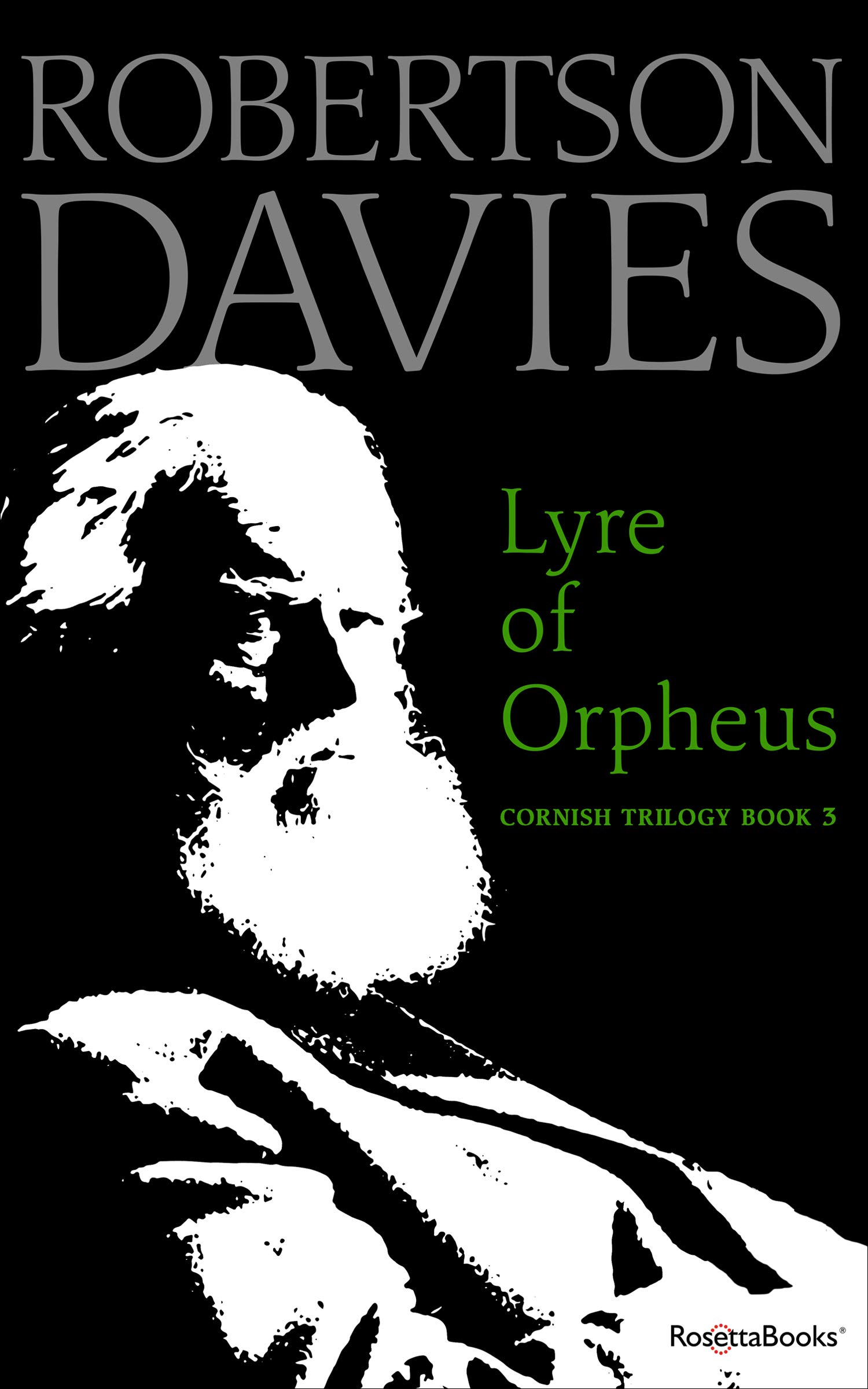What do you think?
Rate this book


Baroque and deliciously funny, this third book in The Cornish Trilogy shows Robertson Davies at his very considerable best.
There is an important decision to be made. The Cornish Foundation is thriving under the directorship of Arthur Cornish when Arthur and his beguiling wife, Maria Theotoky, decide to undertake a project worthy of Francis Cornish—connoisseur, collector, and notable eccentric—whose vast fortune endows the Foundation. The grumpy, grimy, extraordinarily talented music student Hulda Schnakenburg is commissioned to complete E.T.A. Hoffmann’s unfinished opera Arthur of Britain, or The Magnanimous Cuckold; and the scholarly priest Simon Darcourt finds himself charged with writing the libretto.
Complications both practical and emotional arise: the gypsy in Maria’s blood rises with a vengeance; Darcourt stoops to petty crime; and various others indulge in perjury, blackmail, and other unsavory pursuits. Hoffmann’s dictum, "the lyre of Orpheus opens the door of the underworld," seems to be all too true—especially when the long-hidden secrets of Francis Cornish himself are finally revealed.
482 pages, Kindle Edition
First published January 1, 1988
‘A Man’s life of any worth is a continual allegory’.What Davies means by this is a little bit clearer in a longer passage from some pages earlier: if we are to read this novel (or these three trilogies) as allegories for the author's life in art, then we must begin to appreciate that he has ransacked the careers of Rabelais, Hoffmann, and even C.G. Jung (etc.) in search of a mode whereby he could create that art (that life) in a way that is as true as possible to his deepest concerns. This is a man who knows the history of the novel, and chooses to work in a by-gone mode anyway, because even if that is not a path that pushes the novel "forward", it is one that that is the only honest mode for him:
If a man wants to paint a picture that is intended primarily as an exercise in a special area of expertise, he will do so in a style with which he is most familiar. If he wants to paint a picture which has a particular relevance to his own life-experience, which explores the myth of his life as he understands it, and which, in the old phrase, “makes up his soul”, he is compelled to do it in a mode that permits such allegorical revelation. Painters after the Renaissance, and certainly after the Protestant Reformation, have not painted such pictures with the frankness that was natural to pre-Renaissance artists. The vocabulary of faith, and of myth, has been taken from them by the passing of time. But Francis Cornish, when he wanted to make up his soul, turned to the style of painting and the concept of visual art which came most naturally to him. He did not feel himself bound to be “contemporary”. Indeed, he had many times laughed at the notion of contemporaneity in conversation with both Hollier and Darcourt, mocking it as a foolish chain on a painter’s inspiration and intention.Now, normally I would be the first to complain of a contemporary (or just about any Canadian) novel "ignoring" its forerunners in the history of the novel and acting as if Joyce (etc.) never happened, and giving the 21st century reader second-rate social realism, say, or second-rate psychological realism (à la first-raters Eliot and James respectively)—manifesting ignorance of the evolutionary trajectory of the form a solecism that painters and musicians (almost) never commit. But Mr. Davies makes his case for following your personal muse in spite of that history--when the only honest mode open to you as an artist is a mode from the past, have the courage to follow your inner promptings and create the life, and the work, that only you can make. You did just that, Mr. Davies, and you are missed. And: Bravo, maestro!
A man's life of any worth is a continual allegory -- and very few eyes can see the Mystery of his life -- a lie like the scriptures, figurative.
-- John Keats
I write novels that I hope will be interesting just as stories, but they also have implications and byways which I think would interest people who have more information. That may conceivably lead them to form conclusions about the persistence of myth in what we are pleased to call real life. I get awfully tired of people who talk about real life as though it had no relation to the life of the imagination and the life of legends and myth. They would do better to look again, though the trouble is they don't know enough in order to know where to look.
Increasingly, I'm glad I never went to (university). As a reader I've just rambled at large on Parnassus, chewing the grass wherever it seemed rich.
"He was a creation of our E.T.A. Hoffmann. A tom-cat. His philosophy was, 'Can anything be cosier than having a nice, secure place in the world?' It is the religion of millions.... Kater Murr is the enemy of all true art, religion, science--anything of any importance whatever. Kater Murr wants nothing but certainty, and whatever is great grows in the battleground between truth and error."